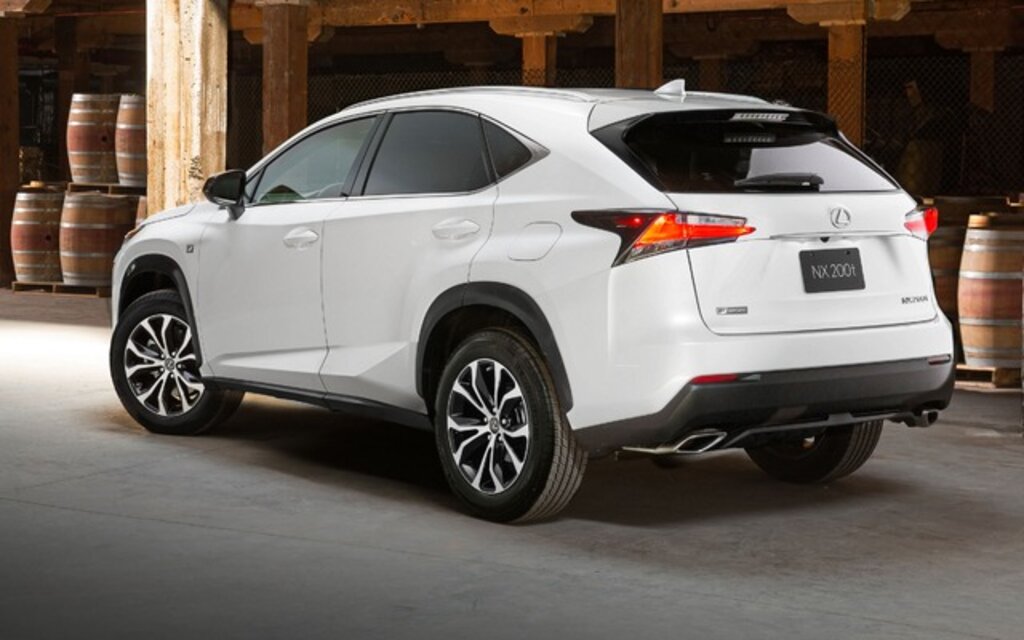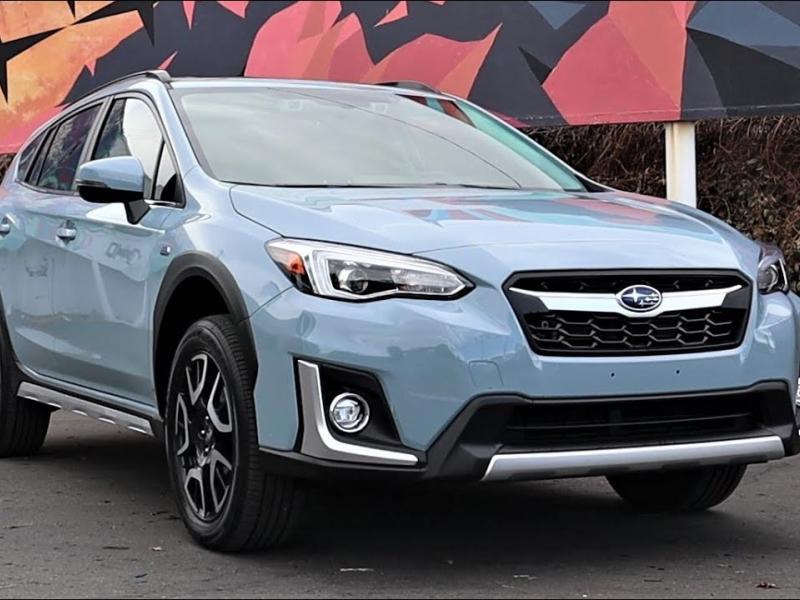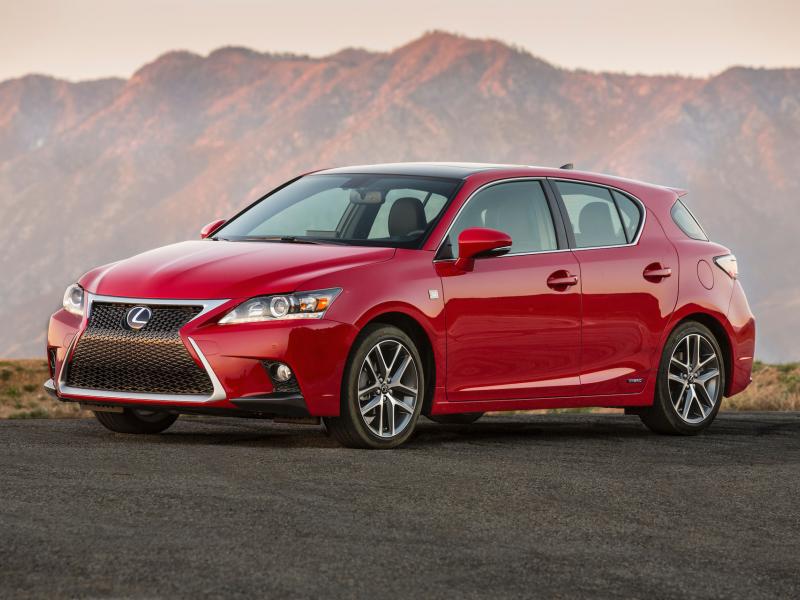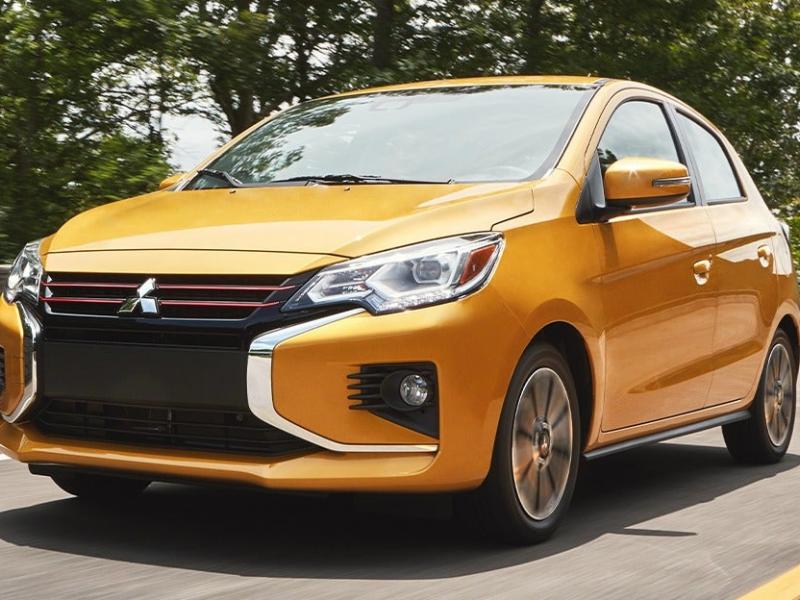Mazda packs technology into mid-size CX-9 utility
Mon, 12/03/2012 - 17:18
Tetsu Nakazawa speaks to D.C. area media about the 2013 Mazda CX-9.
Last week, Mazda hosted D.C.-area journalists at a luncheon to learn about its all-new CX-9, recently unveiled at the 2012 Los Angeles Auto Show.
Tetsu Nakazawa, CX-9 vehicle line manager, was on-hand to tell us what’s new with Mazda’s flagship vehicle. We ate some grub, heard all about the new product and then headed outside on an unseasonably beautiful day to take a closer look at the car.
Overview
The CX-9 first came to market in 2007 full of technology and features. Nakazawa shared that this vehicle was originally built for consumers with growing families that want something different than the traditionally boxy SUV. The CX-9 aims to be the anti-mommy mobile in a sense.
Mazda was intent on breaking apart from its closest competition, the Honda Pilot and Toyota Highlander – this ute tops out with a base MSRP of just more than $36,000.
Nakazawa also explained to the group that the CX-9 is now Mazda’s flagship vehicle, bringing with it the highest-educated consumers and income brackets the Japanese-based company has ever seen.
Soul of Motion
The curves of the 2013 CX-9 are more fluid than previous generations, with lines sweeping from the head lamps, over the hood, wrapping along the sides to the tailgate. The fully redesigned mid-size SUV gets its design cues from the Japanese KODO ‘Soul of Motion’ approach, first seen in the SHINARI concept.
Photo via Mazda media website.
The updated head lamps and front grille also give this car a more upscale appearance head-on. I much prefer the black glossy finish on this grille to the faux chrome mouths on most SUVs.
While we didn’t have a chance to drive the car, we did have an opportunity to examine it closely with the advantage of pulling in the Nakazawa for questions as they cropped up.
The design and layout of the front half of the car makes the person in the driver’s seat feel like this is their personal cockpit. Its coziness almost provides a false sense of being all alone inside, and it preps any driver to pilot the vehicle with confidence.
Looking in from the outside, one may be surprised to learn that this Mazda comes with three rows of seats. The CX-9 does not appear to be a big, bulky SUV. And I can confirm that car is large enough to accommodate at least 6 normal-sized adults comfortably.
“Even if a vehicle is standing still, it still looks like it’s in motion.”
- Tetsu Nakazawa, CX-9 vehicle line manager, on KODO ‘Soul of Motion’
Access to the middle row via rear doors has been made fool proof. No more fumbling with the lever on the bottom of the seat plus the lever on the back of the seat and a whole bunch of maneuvering to get it to slide forward far enough to let your passengers in or out.
Although a small detail, the easy-access handle to release the second row of seats was one of my favorite aspects of the CX-9’s functionality. I was glad to see Mazda was thoughtful in its placement of the handle and minimal effort required with a single-handed release. That’s something the Toyota Highlander could learn from.
One unusual aspect that a fellow journalist pointed out to me was the unusual thickness of the rear doors – I mean, we’re talking 14 to 16 inches deep – which left room for a disappointing amount of storage space in the door. We asked Nakazawa about it, but he too was a bit perplexed by the depth and deferred to a product engineer although one was not present at the event.
Photo courtesy Mazda.
Technology now trending
The Mazda CX-9 is yet another example of a mainstream automaker packing as much technology and luxury in their vehicle as the price-point will allow. This is a trend we have seen from Ford in its newest Fusion as well.
I had a brief chat with Mr. Nakazawa about the trends that he sees in the industry regarding technology on mid-priced vehicles. His response was well-placed given we were less than 25 miles from the nation’s capital:
Consumers expect [technology], but you have to balance it because of driver distraction. Even agencies in D.C. are having a tough time deciding where the lines are drawn.When asked about why Mazda does not have its own in-car touch display system like MyFord Touch, Nakazawa responded:
The key to technological integration for all drivers, and the reason Mazda does not have a specific hands-free tool of its own, is compatibility. We want everyone to be able to plug in and go.But as manufacturers are urged by their customers to pack middle-of-the-road priced vehicles with technology features, it becomes more noticeable where they are forced to make up for those costs. Competitive nature Nakazawa was not shy in telling us who the CX-9’s competitors are, citing the opposition many times throughout the presentation and in when fielding questions from the group. According to Mazda, its mid-size SUV is 9 inches longer than the Honda Pilot and a full 12 inches longer than the Toyota Highlander. That means more cargo room and legroom for those adults seated in the second and third rows I will have to rely heavily on what the press release said about the driving experience, but I’m hoping to get this vehicle on loan in the spring so I can put Mazda’s perspective on the 2013 CX-9 to the test.
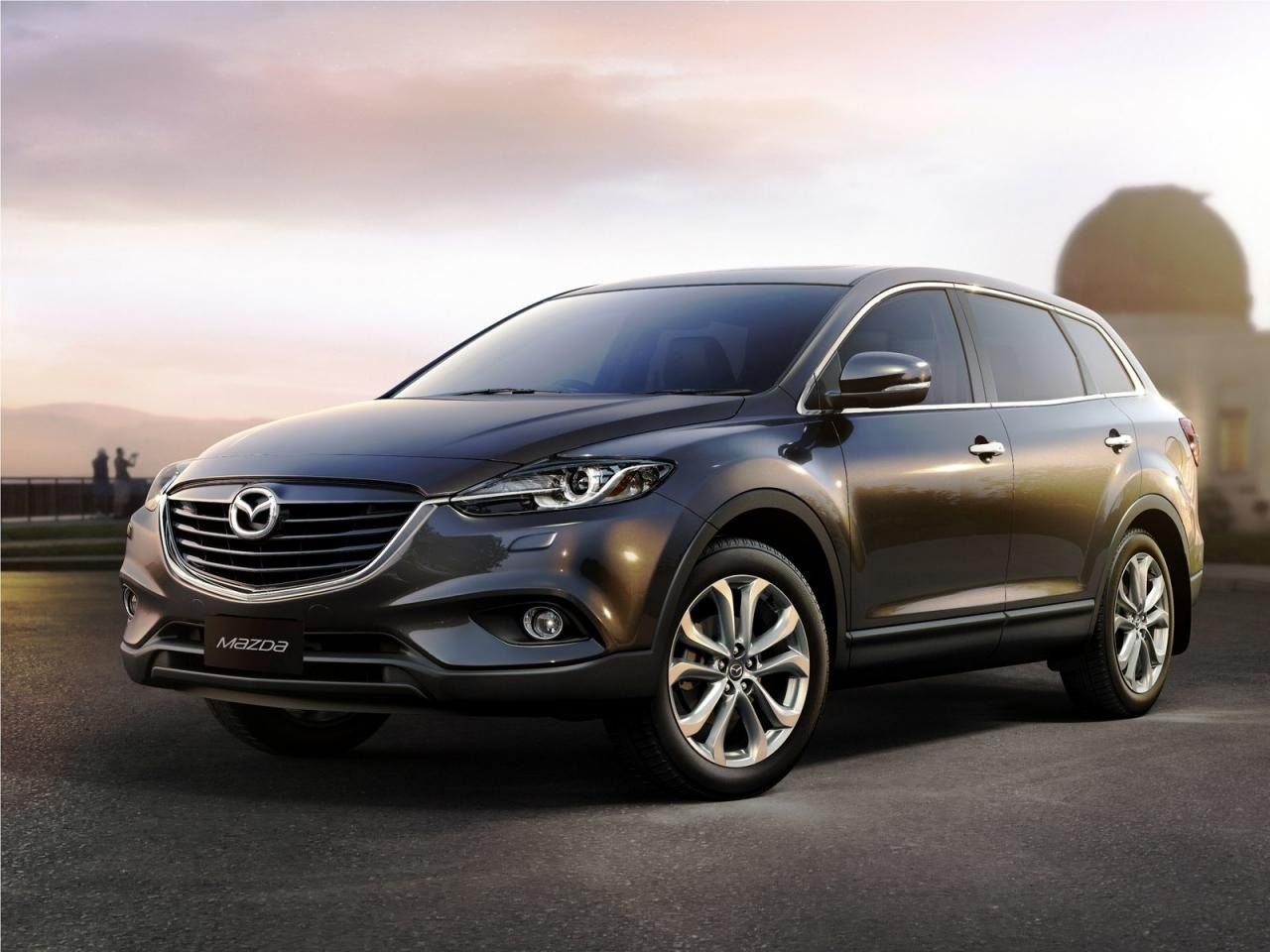
[{"target_id":"255171","alt":null,"title":null,"width":"1280","height":"960","url":"\/sites\/default\/files\/articles-images\/b7\/Mazda-CX-9-2013-03.jpg"}]

